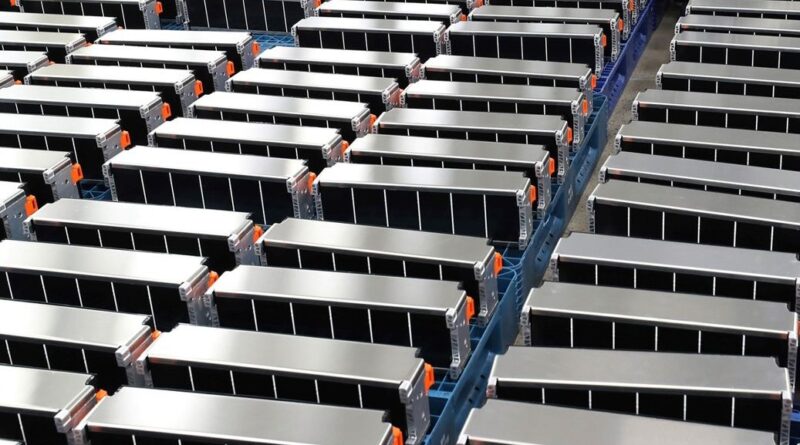Powering down: lithium battery supply exceeds demand
Demand is growing for lithium-ion batteries to serve electric vehicles and stationary energy storage systems. However, thanks to aggressive manufacturing expansion in recent years, the global battery supply is expected to outstrip this demand for some years to come. Supply will grow by 45% in 2023 alone, amounting to an excess of 1,380 GWh, and while demand will also increase somewhat, the oversupply issue is expected to persist.
This has had a predictable impact on value: raw material prices have been slashed. The spot price of lithium carbonate, for example, dropped by around 50% during the first half of 2023. This unsettling volatility seems to be fostering a wait-and-see sentiment in the market.
Based on data from over 500 battery manufacturing facilities, our research looks at the global supply forecast from 2023 to 2032. Fill in the form on the right to download an extract from our ‘Global lithium-ion battery supply and demand update H1 2023‘, which explores key manufacturing capacity trends through the supply chain and our predictions for battery components, including cells, cathodes, electrolytes and separators, as well as the capacity investment dynamics of global battery manufacturers by region, in the first quarter of 2023.
Read on for a summary of just a few of the report’s key points.
A growing but slowing market
Regional market demand, government subsidies and restriction and unit capital cost are crucial to capacity investment, and all of these factors are currently impacting the industry. Global battery manufacturers pulled back significantly in the first half of 2023, with construction falling by around 50%. Although our research suggests demand will grow (reaching an estimated 1,080 GWh this year), the gap is set to widen in the coming years. Our base case scenario suggests that supply will be sufficient to meet demand in 2032, however in our highest supply scenario, it could outstrip demand by 66%. Should all projects move ahead, oversupply could exceed 2,400 GWh by 2032. Even today, China’s supply gap stands at 558 GWh. As supply consistently keeps pace with, or exceeds demand over the next decade, investment cancellations seem likely. We expect demand for batteries to more than double by 2032, with electric vehicles taking an even larger share of the market than they do today – 84%, compared to 79%.




